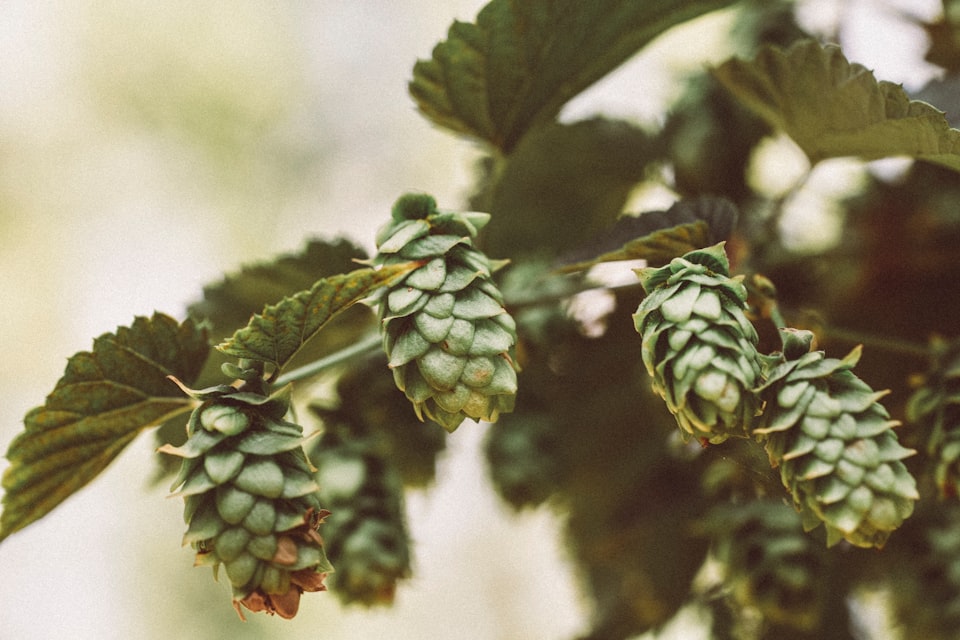Extract brewing process

Throughout this site I refer to a "standard brewing process". I've optimistically given this page a number suffix (#1) in case I create a new process as my skills and experience increase. But, for now, the basic steps I follow for each brew are listed below.
This is largely based on the instructions provided by Mars Brewing Supplies in Woonona, NSW for my first brew.
Preparation
I'm a stickler for having everything ready to go before starting. That means:
- Sanitiser spray
- 30 litre fermenting bin and lid
- Long spoon (long enough to reach from the bottom of the fermenting bin to around the 28 litre mark)
- Deep pan (like a pasta pan)
- Plastic bowl (like a washing bowl)
- Kettle
- Mandatory ingredients (wort, sugar, yeast)
- Optional ingredients (e.g. finings, hops)
- 2x hand towels
- Hydrometer
- Sampling tube
- Air lock
- Good quality tin opener
- Optional (for racking) length of 13mm clear vinyl tubing
Soften the wort
Remove the lid of the wort tin and put the yeast packet to the side. Then I fill the deep pasta pan with hot water from the tap (not boiled) and stand the tin in it whilst I sanitise everything.
My pan is not quite tall enough to take a full tin, so I flip it over and top up the hot water after 5-10 minutes.
Sanitise
I make sure I clean all my kit thoroughly after each use, so when it's time to use again it normally only needs to be sanitised.
I'll start with the fermenting bin. I make sure the inside of the bin is thoroughly coated with enough in the bottom to swish around. I'll let this stand for a bit before emptying. I'm not sure if it makes any difference, but I get concerned the sanitiser might kill the yeast, so I want as much of this to drain a possible before I start adding ingredients.
Next is the washing bowl because that's where I put all the small stuff when it's sanitised. Again - I coat the sides, and add enough that there's a small layer at the bottom of the bowl.
Then the underside (beer-facing side) of the lid, and the outside around the airlock hole. There's no need to do the whole of the outside as it won't be in contact with the beer, anyway.
Finally, the spoon and airlock.
I also spray and wipe down all surfaces around the bin, just in case I need to put something down for a moment.
Fermentation
- Boil 2 litres of water
- Shake any excess sanitiser from the fermenting bin (ideally, allow to dry completely)
- Open the wort tin and pour the contents into the bin - careful not to let any of the label fall into the bin, too (it sometimes shreds with the tin opener)
- Use the boiling water to rinse the tin out into the bin, and add the remaining boiling water to the fermenting bin (I use one of the hand towels to hold the tin as it gets pretty hot with the boiling water - make sure you have a firm hold)
- Slowly add your sugar mix, stirring continuously
- The goal now is to add water to the bin to bring it to the 23 litre mark, but also hit the temperature range 18-23C. How easy this is depends on the weather and temperature of the water in the tap. I tend to add cold tap water to the 19-20 litre mark, then check my temperature and adjust the hot/cold mix from there. It's okay to leave the mix to cool down to the appropriate temperature if it's too hot. The important thing is that the yeast is only added when the temp is in that zone, and you maintain the temp within that zone for primary fermentation.
- Before you add the yeast, give the mix a good stir. Then pour some off into your sampling tube to take a hydrometer reading.
- Open your yeast pack and sprinkle on top of the mix, stirring as you go
- Secure the lid on the bin
- Pour boiling water into the airlock up to the marks, then push into the hole in the lid
- Keep the temperature in the 18-23C range
- The airlock should start making the "galumping" sound within 24 hours. If it doesn't, double-check that the lid is secured correctly (especially if you can detect beery smells near the bin)
- The sound is due to the carbon dioxide being produced by the yeast building pressure in the bin until it pushes through the airlock - this should stop after ~4 days
- When the galumping stops, take daily hydrometer readings using the sampling tube and hydrometer until the reading does not change for two consecutive days
- Optional At this point, you can transfer to a new [cleaned and sanitised] bin using a food safe tube (I use this 13mm clear vinyl tube from Bunnings) - this is known as "racking"
- Optional If you want to add finings, now's the time
- After 7 more days transfer to bottles